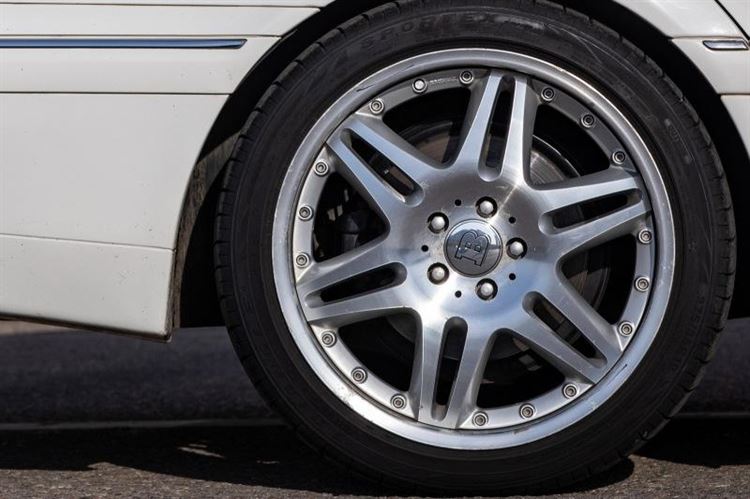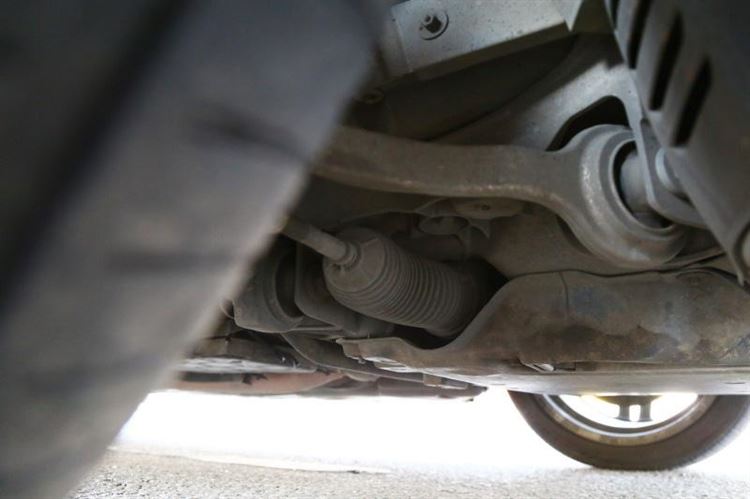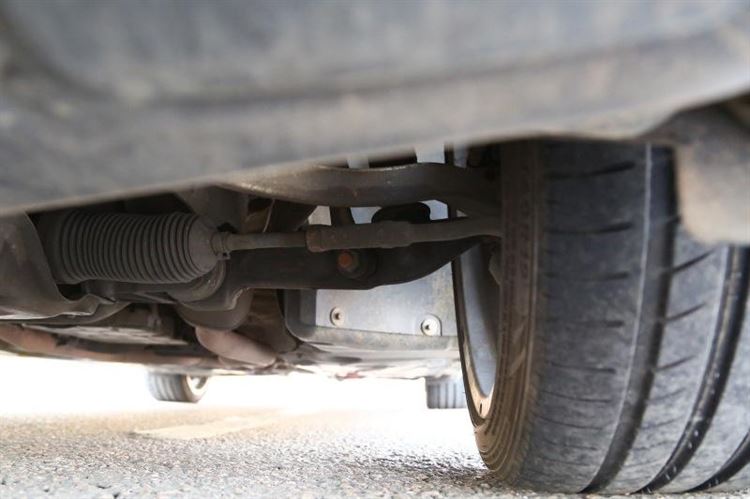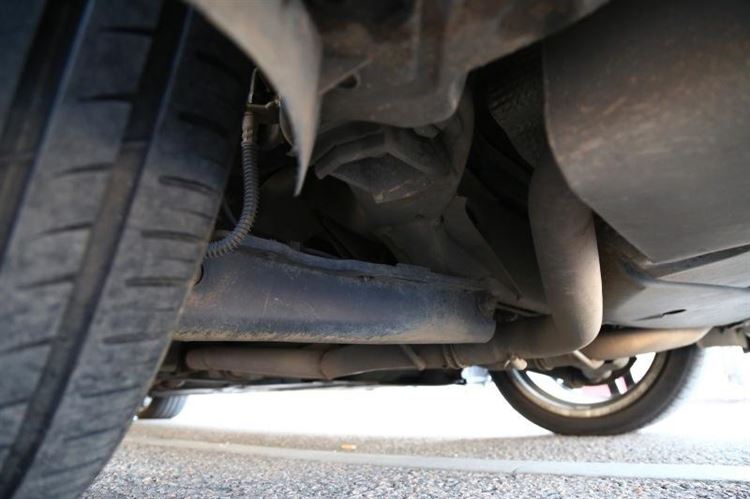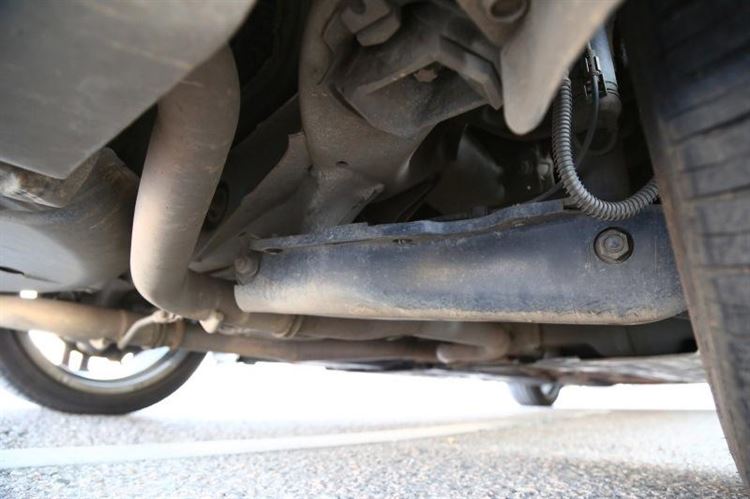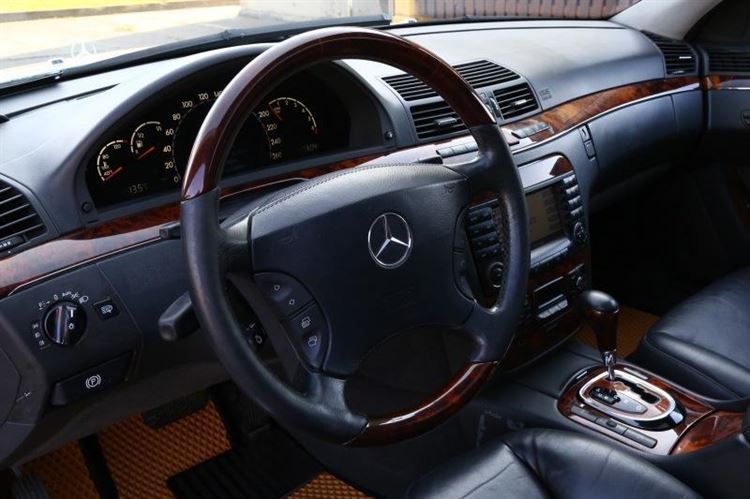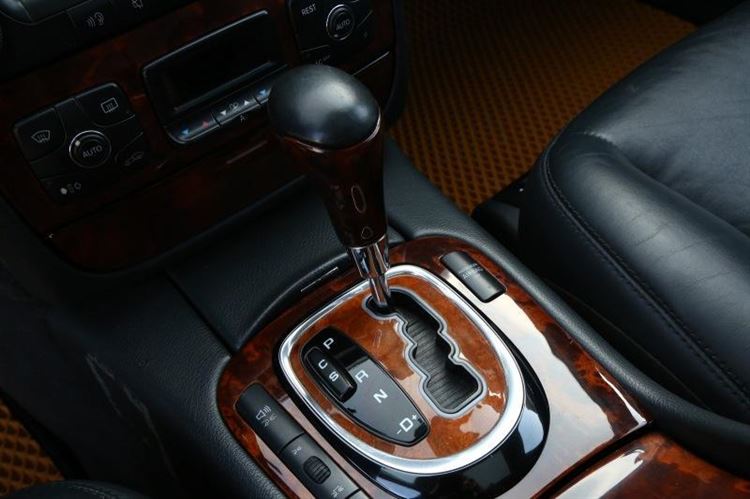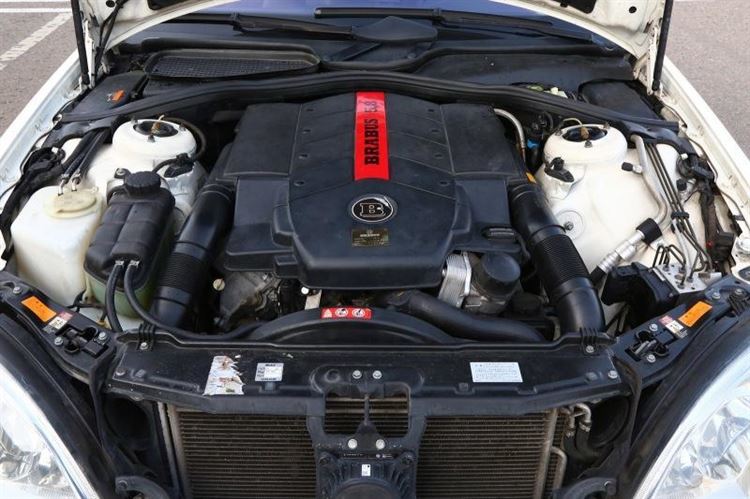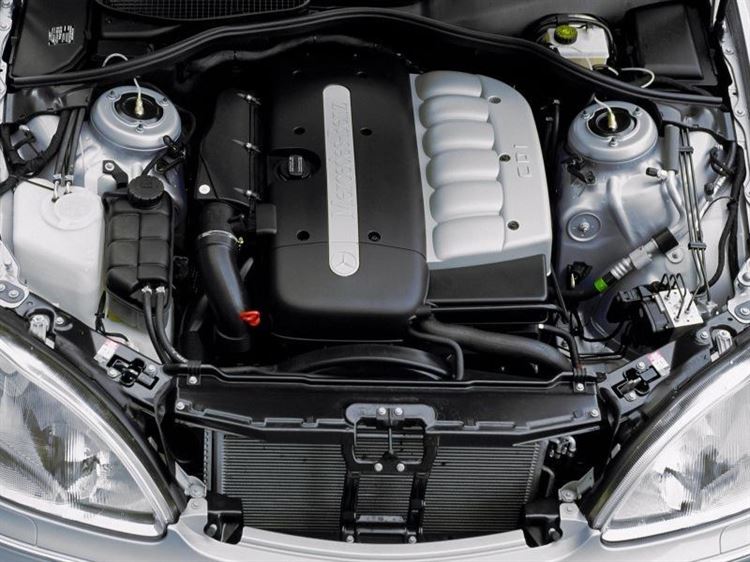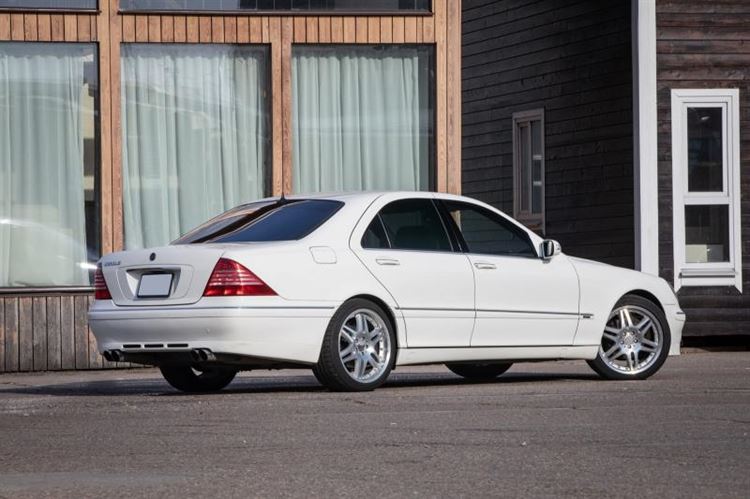Mercedes-Benz S-Class W220 with mileage: perfect engines and automatic transmission, but the suspension is not for wimps
In the early 2020s, the S-Class W220 fell in price on the secondary market to completely indecent values. For the price of a new Solaris, you can buy a whole small fleet of these old geldings. In the first part, we looked at the main problem of this car: the body. He’s had bad luck with new paint technologies that almost never clean him up of rust. In this part, we will look at the second major problem: air suspension. Which, by the way, against the background of hydropneumatics, has now become almost budgetary.
Chassis
Brake system
In general, everything is fine with the W220 brakes – the main thing is not to confuse the terms ABS, ABC and SBC. This car has ABS and works well. The infamous SBC system is not yet available – it will only be installed on the E-Class W211. But ABC is not about brakes at all, but about the Active Body Control electro-hydraulic suspension. This is “connected" with the brakes only by the fact that some sensors are common and, in the event of a malfunction, the emergency bulbs burn out together like a “garland”. Why they scold ABC – in the section below.
Well, there are almost no complaints about the brakes. It is necessary to monitor the safety of the lines: pipes have already been replaced on half of the machines, and on the other half they need to be replaced, since there are already swellings. The original Mercedes steel pipes are quite fragile. Brake hoses, as a rule, if not changed, then all are cracked.
The calipers and discs aren’t much of a problem unless you drive hard. Front calipers will almost always be 4-piston, fairly reliable. The only exception is the top-of-the-range S65 AMG, which has a single-piston floating caliper, yet is very durable. The wheels are large, from 312 mm on the S320 to 345 mm on the AMG modifications. Quite often they lead due to overheating and temperature changes.
There are also large 300mm discs at the back, and the mechanism is always single-piston. The hand brake system is also implemented as reliably as possible – a drum mechanism inside the rotor. Pedal control with "American style" brake pedal and release handle. The parking lot can probably be broken up, but much more often it turns sour due to disuse.
The ABS is pretty flawless, the faults are mainly related to the sensors, adjusting rings and hub clearance (since the soundproofing is good, you can’t even feel it). Control units, if any, are available second hand at reasonable prices.
| Detail | original price | Not original price | Non-original price 2 |
|---|---|---|---|
| braking system | |||
| Front brake pads | 9 932 | Combined 6 564 | Text 4 610 |
| Rear brake pads | 3957 | Eaten 3,695 | Text 2 453 |
| Front brake disc 330×32 mm | 11483 | Eaten 7 564 | Text 6 680 |
| Rear brake disc 300×22 mm | 11951 | Eaten 4900 | Text 3 371 |


